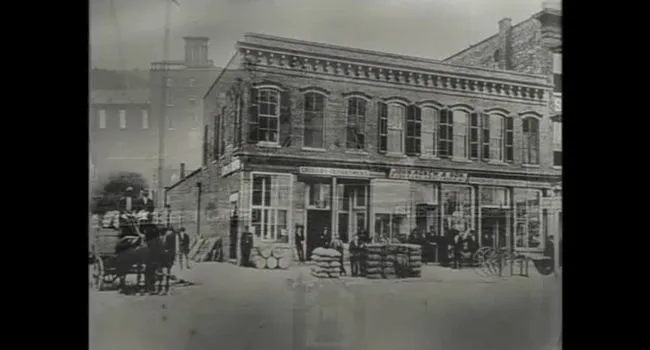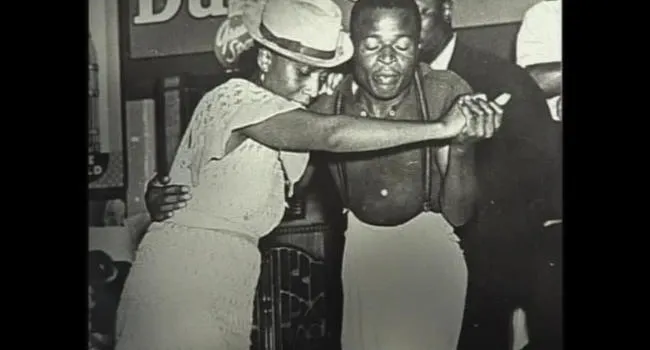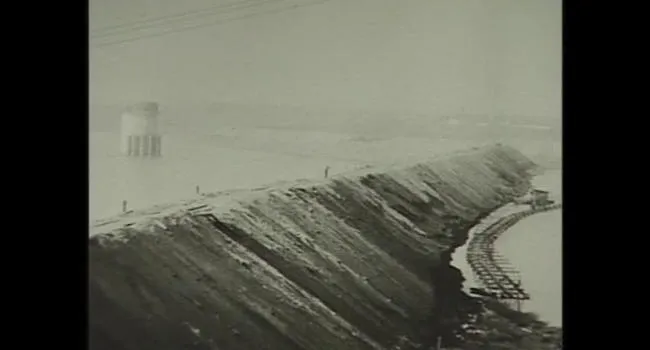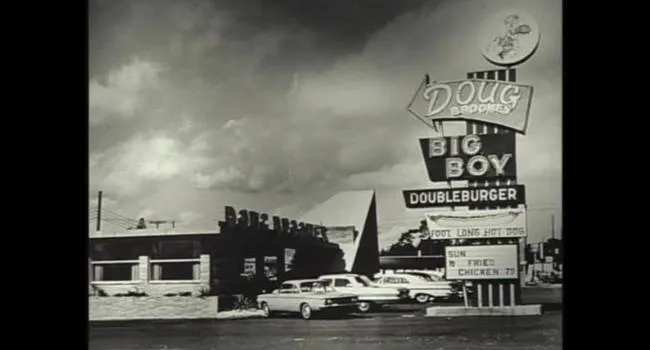In 1860, roughly 60% of the population in Columbia were slaves. 60% of the gross economic capital in South Carolina was in human property. With the growing popularity of the Republican Party, and abolition, South Carolina chose to leave the Union, and on December 20th, 1860, South Carolina legislature voted unanimously to sign the Ordinance of Secession.
During the Civil War, Columbia became a major supply center for the Confederate military, and this made Columbia a prime target for the Northern troops. The economy in Columbia shifted to making weapons and supplies for soldiers, and in 1864, the city, along with the entire South, faced a financial crisis.
In February 1865, Columbia would face Northern wrath, when Union troops, led by General William Tecumseh Sherman, burned Columbia. Many buildings were destroyed as a result of the destruction.
After the war, during Reconstruction, Columbia’s economy faced a temporary building boom. Reconstruction also meant the end of slavery, and African-Americans outnumbered Whites two to one. African-Americans no longer wanted to attend the churches of their former slave owners, and as a result, many African-American churches were established during Reconstruction.
Standards
- This indicator was developed to encourage inquiry into the continuities and changes experienced by Americans of various genders, positions, races, and social status during the Civil War.
- 8.3.CE Examine consequences of the major Civil War military strategies.
- This indicator was designed to encourage inquiry into the Civil War focusing on the impacts of military strategies and major turning points on South Carolina and the U.S.
- 8.3.CC Analyze debates and efforts to recognize the natural rights of marginalized groups during the period of expansion and sectionalism.
- This indicator was designed to encourage inquiry into the continuities and changes of the experiences of marginalized groups such as African Americans, Native Americans and women, as the U.S. expanded westward and grappled with the development of new states.
Resources
You need to be logged in to listen to view this content. Create an account now; it's quick, easy, and free!
Log In to ViewEn 1860, aproximadamente el 60% de la población de Columbia eran esclavos. El 60% del capital económico bruto de Carolina del Sur estaba en propiedad humana. Con la creciente popularidad del Partido Republicano y la abolición, Carolina del Sur decidió abandonar la Unión, y el 20 de diciembre de 1860, la legislatura de Carolina del Sur votó por unanimidad para firmar la Ordenanza de Secesión.
Durante la Guerra Civil, Columbia se convirtió en un importante centro de suministro para el ejército confederado, y esto convirtió a Columbia en un objetivo principal para las tropas del Norte. La economía de Columbia cambió a la fabricación de armas y suministros para los soldados, y en 1864, la ciudad, junto con todo el sur, se enfrentó a una crisis financiera.
En febrero de 1865, Columbia se enfrentaría a la ira del Norte, cuando las tropas de la Unión, lideradas por el general William Tecumseh Sherman, incendiaron Columbia. Muchos edificios fueron destruidos como resultado de la destrucción.
Después de la guerra, durante la Reconstrucción, la economía de Columbia enfrentó un auge temporal de la construcción. La reconstrucción también significó el fin de la esclavitud, y los afroamericanos superaron en número a los blancos dos a uno. Los afroamericanos ya no querían asistir a las iglesias de sus antiguos dueños de esclavos y, como resultado, se establecieron muchas iglesias afroamericanas durante la Reconstrucción.







